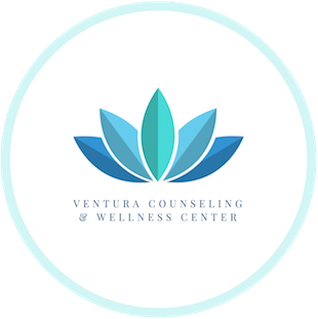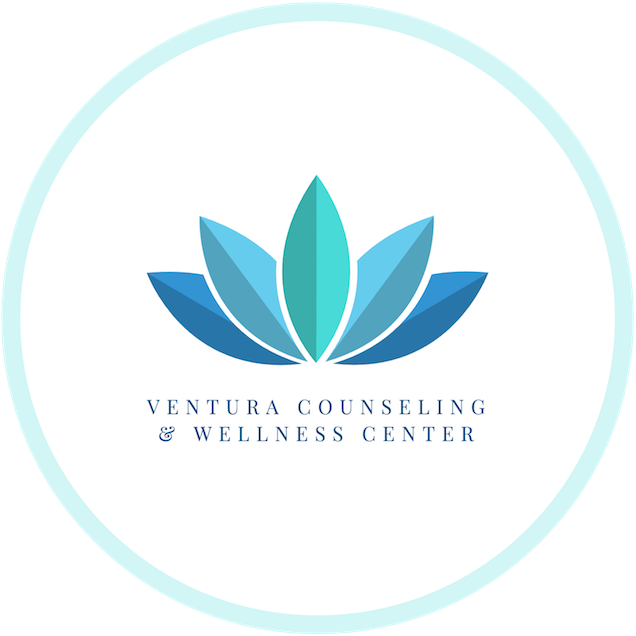October is Attention-Deficit/Hyperactivity Disorder (ADHD) Awareness Month. This year, the Centers for Disease Control and Prevention (CDC) have applied the theme of “Moving Forward with ADHD.”
Experts estimate that this mental disorder affects more than 8% of children and 2.5% of adults. With that in mind, we want to build ADHD awareness in a few categories: how it exhibits, how it’s diagnosed, and how to lead a healthy life if you have it.
The types of ADHD
ADHD displays differently in different people. To make this clearer, mental health experts break attention-deficit/hyperactivity disorder into three types:
- Predominantly inattentive presentation: This type of ADHD makes it hard for the person to stay focused or follow instructions. That individual often gets distracted and has trouble staying organized and minding the details.
- Predominantly hyperactive-impulsive presentation: This is the type most people picture when they think of ADHD. This presentation makes it hard for the individual to sit still and wait their turn. They might fidget and act impulsively, like blurting something out when another person is speaking.
- Combined presentation: If the person exhibits the symptoms of both types of ADHD, they’ll get diagnosed with combined presentation.
Diagnosing ADHD
First off, because this month is all about ADHD awareness, we want to dispel a myth.
This condition isn’t more common in boys.
It’s more commonly diagnosed in boys, but that’s because they’re more likely to display symptoms in a disruptive way (i.e., have predominantly hyperactive-impulsive presentation). Girls tend to display ADHD symptoms differently (i.e., predominantly inattentive presentation), making them less likely to get diagnosed.
There’s no single test to check for ADHD. Instead, identifying this mental disorder usually starts by talking with an expert, like a doctor or a therapist. As a good first step, talk with your primary care provider. They should be able to provide a high-level assessment of your or your child’s symptoms and help you determine if you’d benefit from further care.
While looping your doctor in can help, you don’t have to wait for their recommendation to see a therapist, though. If you think you or your child might be living with ADHD, talk with a therapist.
Even if the person in question doesn’t have ADHD, the therapist can help them develop tools to manage the symptoms they’re experiencing. If you have trouble staying focused and organized, for example, you and your therapist can work together to develop new ways of thinking and acting that help you stay the course.
Living life with ADHD
To honor this ADHD Awareness Month theme of Moving Forward with ADHD, we want to talk about how to manage this condition.
Medication can absolutely help, but there are also alternative strategies for managing the symptoms. The CDC and the American Academy of Pediatrics (AAP), for example, recommend that parents of kids with ADHD who are younger than 6 get parent training in behavior management before trying medication.
Generally, even when medication is used, it works best in tandem with other treatments, like therapy and behavior training. That’s true in children and adults.
Typically, a therapist or a behavioral coach will help guide you in developing tools and strategies that are tailored to your symptoms. These techniques will be aimed at strengthening time management skills, organization, and planning.
Often, therapists will engage the client in approaches based in Cognitive-Behavioral Therapy (CBT), which can modify negative thought patterns that promote some of the symptoms of ADHD. Identifying the most productive techniques for each individual’s experience with ADHD can be difficult to do alone, which is why therapy can really help.
Do you need to make adjustments in your routine? Your environment? Your schedule? Are there issues based in relationships that make managing ADHD difficult? A therapist can help guide you toward figuring out the answers.
With all that being said, a healthy lifestyle can make symptoms more manageable and is a great place to start. That includes:
- Eating a healthy, balanced diet
- Getting regular physical activity
- Having a consistent sleep routine that allows for a sufficient amount of sleep
- Minimizing daily screen time
Thanks for celebrating ADHD Awareness Month with us!
If you want to talk to a therapist about this condition and how it might be affecting you or your child, contact us at the Ventura Counseling & Wellness Center in Ventura or the West Valley Counseling Center in Tarzana.





